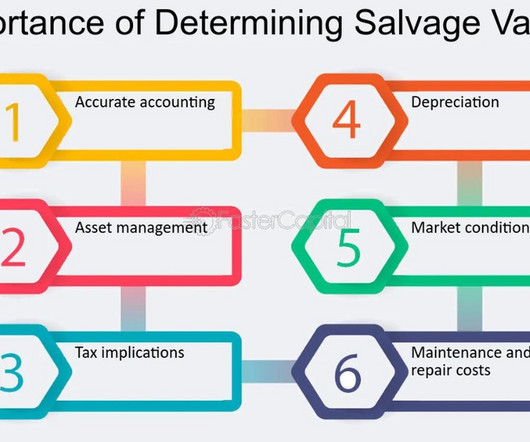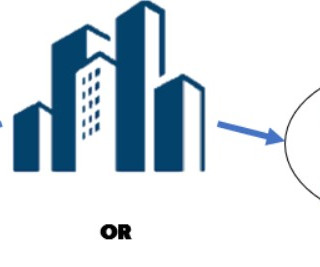Allowance Method
Wall Street Mojo
JANUARY 14, 2024
It calculates a reserve based on past sales and customer risk assessment, ensuring a realistic reflection of expected uncollectible amounts in financial statements. utilizes the allowance method to manage its accounts receivable, making adjustments based on changing assessments of credit risk.













Let's personalize your content